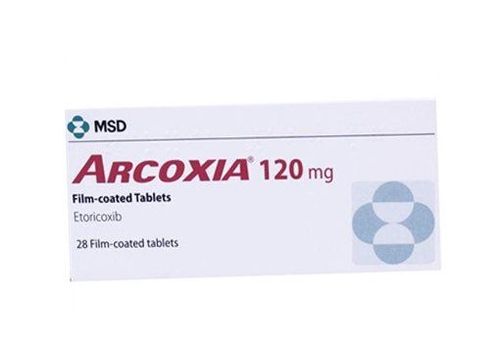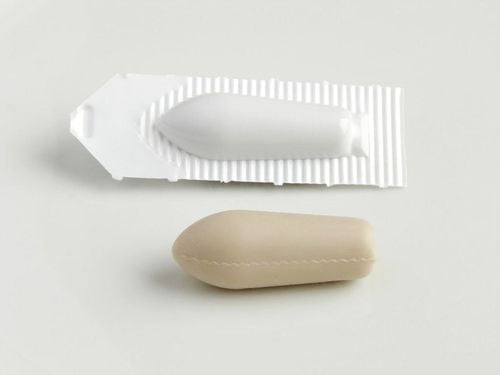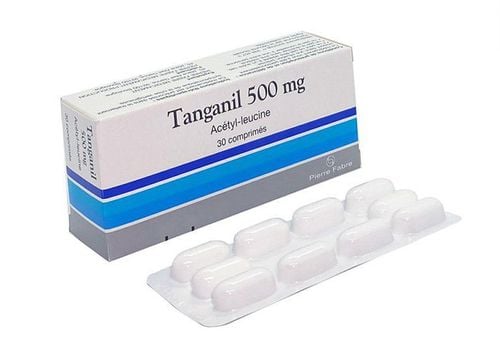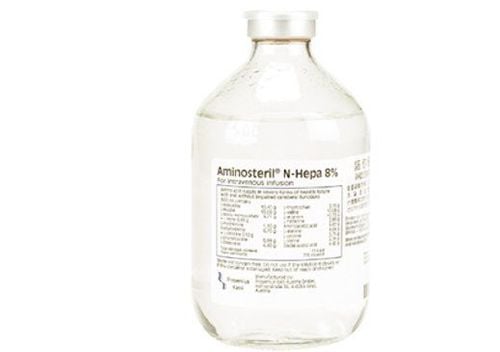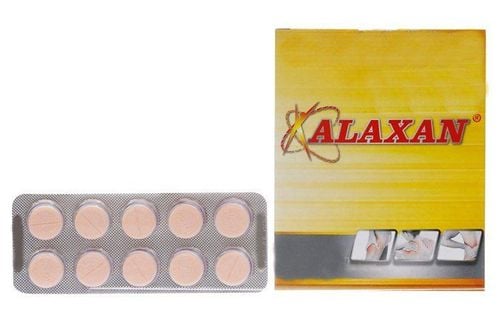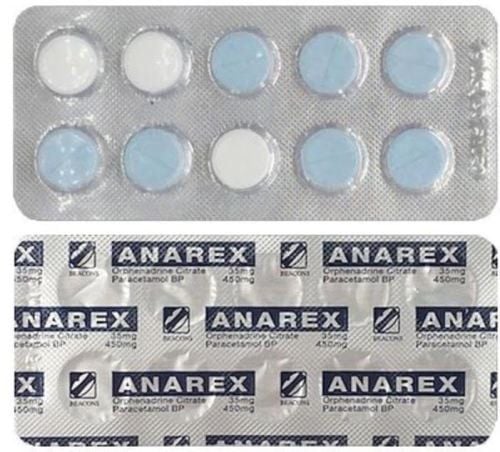Nefopam hydrochloride, also known as Nefopam, is a pain-relieving and antipyretic medication, but it does not have any effect on the central nervous system.
1. Indications of Nefopam
Nefopam is a medication of analgesics and antipyretics, with the active ingredient being Nefopam hydrochloride. This active ingredient has a strong and rapid pain-relieving effect.
Nefopam is the non-opioid analgesics and antipyretics because it does not exert analgesic effects on the central nervous system like Codeine, Morphine, Pentazocine, or Propoxyphene. Nefopam also does not have respiratory depressant effects.
Nefopam is available in various formulations and dosages, including 30mg tablets, 30mg capsules, and 20mg/2ml injectable solution. Oral Nefopam is used to alleviate acute and chronic pain of mild to moderate severity, including: toothache, headache, dysmenorrhea, muscle pain, pain due to muscle spasms, cancer pain, or pain following injury or surgery. The injectable form of Nefopam is used exclusively for the treatment of acute pain.
2. Dosage and Administration of Nefopam
The administration of Nefopam is as follows:
- Oral administration: Take the medication with or without food.
- Injectable administration: Dilute Nefopam with commonly used intravenous fluids such as sodium chloride or isotonic glucose solution. Do not mix Nefopam with other injectable medications in the same syringe.
The recommended dosage of Nefopam for adults is as follows:
Oral administration: 30-90mg per dose, 3 times a day. The recommended starting dose is 60mg per dose, 3 times a day.
Injectable administration: Administer 20mg intramuscularly every 6 hours if needed, with a maximum of 120mg/day. For slow intravenous infusion, administer 20mg every 4 hours if needed, with a maximum of 120mg/day. After injection, the patient should rest for 15-20 minutes for monitoring to avoid side effects such as dizziness, nausea, and sweating.
For elderly patients: Reduce the dose of Nefopam due to slower drug metabolism. The recommended starting dose is 30mg per dose, 3 times a day.
For patients with end-stage renal failure: Reduce the dose as there may be an increased peak concentration in the serum.
Overdose of Nefopam can cause increased circulation, tachycardia, agitation, hallucinations, seizures, and coma. In such cases, patients need to undergo standard supportive measures and rapidly eliminate the drug through methods such as inducing vomiting or gastric lavage. Activated charcoal can reduce drug absorption. Special attention should be given to controlling hallucinations, seizures, and cardiovascular symptoms.
3. Side effects of Nefopam
Nefopam may cause some unwanted side effects with the following frequency:
- Common side effects: Dry mouth, nausea, vomiting, dizziness, drowsiness, palpitations, tachycardia, sweating, urinary retention.
- Rare side effects: Discomfort, hypersensitivity reactions, agitation, hallucinations, restlessness, symptoms of dependence or drug abuse.
4. Precautions when using Nefopam
- Nefopam should not be used in the following situations: In patients who are hypersensitive to any component of the drug, individuals with a history of seizures, in children under 12 years of age for oral administration and under 15 years of age for injectable form, in elderly patients, individuals with urinary tract or prostate disorders who are at risk of urinary retention, in individuals with a risk of closed-angle glaucoma, history of myocardial infarction, in patients taking monoamine oxidase inhibitors, individuals at risk of drug dependence on Nefopam, in patients taking other medications containing Nefopam.
- Patients may be at risk of withdrawal syndrome when discontinuing Nefopam treatment if they have previously been treated with Morphine.
- It is important to regularly assess the risk and benefit of Nefopam treatment to ensure a balanced approach.
- Caution should be exercised when using Nefopam in patients with liver or kidney dysfunction, or cardiovascular diseases, as the drug may increase heart rate. In particular, Nefopam should not be used to treat myocardial infarction without experience in its management.
- Pregnant or breastfeeding women should avoid using Nefopam, as research on the drug's efficacy and safety in these populations is limited.
- Avoid driving or operating machinery while using Nefopam, as it may cause dizziness or drowsiness.
- Nefopam interacts with the following drugs: It increases the central nervous system effects when taken with alcohol; It should not be used with monoamine oxidase inhibitors; It may enhance unwanted effects when used concurrently with antimuscarinic drugs or sympathomimetic agents; It increases the risk of seizures when used with tricyclic antidepressants; It increases central nervous system depression when used with sedative medications.
- To ensure that Nefopam does not interfere with other medications being used, patients should inform their doctor about all medications they are taking, including prescription and over-the-counter drugs, herbal products, and dietary supplements.
The primary use of Nefopam is to relieve pain from various acute and chronic conditions of mild to moderate severity, including toothache, headache, dysmenorrhea, muscle pain, etc.
To arrange an appointment, please call HOTLINE or make your reservation directly HERE. You may also download the MyVinmec app to schedule appointments faster and manage your reservations more conveniently.
To arrange an appointment, please call HOTLINE or make your reservation directly HERE. You may also download the MyVinmec app to schedule appointments faster and manage your reservations more conveniently.
